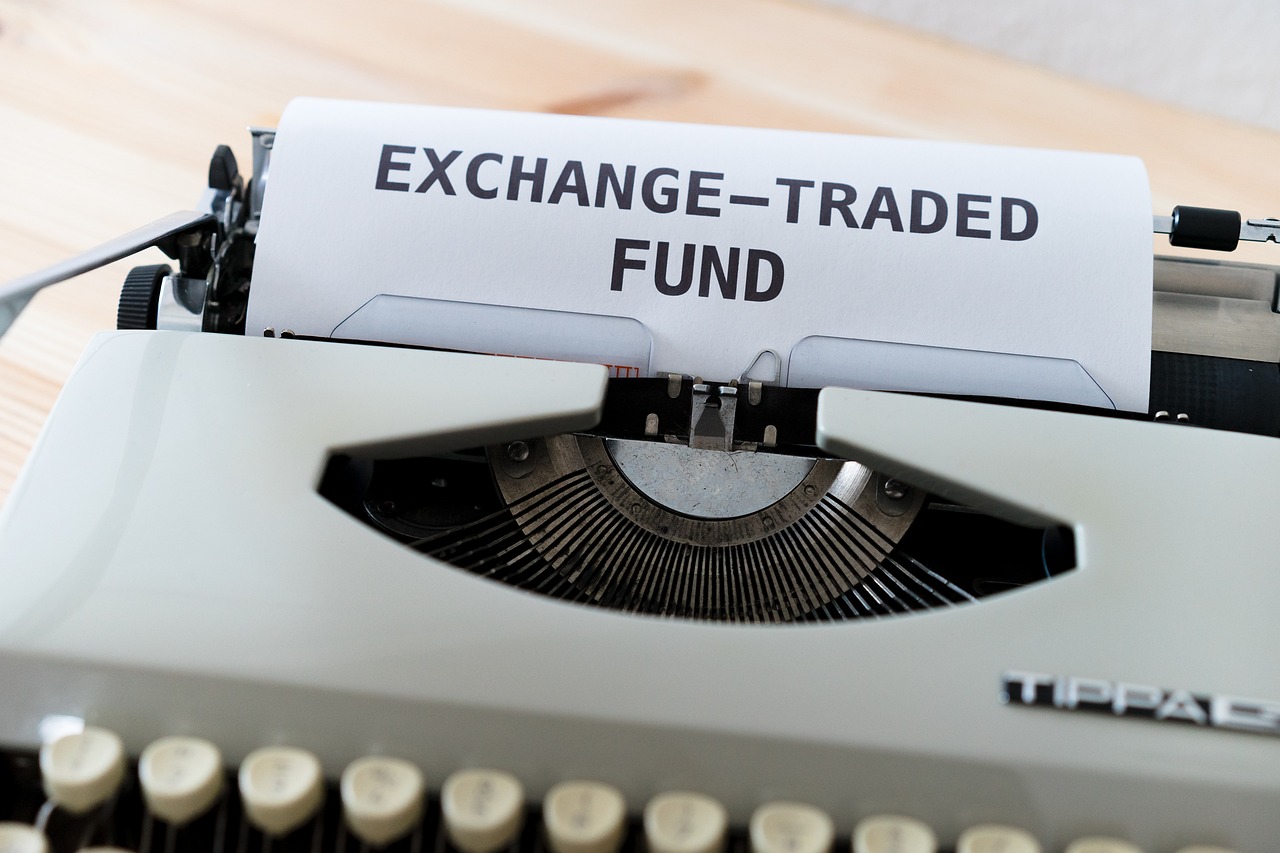As investors scour the globe for under-valued stocks, one increasingly popular destination is actively managed exchange-traded funds that focus on emerging markets.
In the $350 billion market for ETFs that invest in developing-nation assets, the holdings of only about 5% of funds are actively managed — rather than pinned directly to an underlying index, according to data compiled by Bloomberg. But those actively managed funds have lured in more than a third of new cash that’s flowed into the asset class over the past year.
“If ever there was a compelling case for a more systematic approach to active management, it’s now,” said Donald Calcagni, chief investment officer of Mercer Advisors and a buyer of active emerging-market ETFs. “Look at all the dislocations that are happening globally, at valuations, at how concentrated markets have become.”

The reasons for the shift toward emerging-market shares are plenty. Developing-nation stocks are trading at a discount of about 43% compared to their peers in the US, just shy of the biggest valuation gap on record, data compiled by Bloomberg show.
That chasm is a signal to some on Wall Street — including those with very few overseas investments — that developing-nation stocks are undervalued, offering an ideal moment to load up on the assets.
Investors have been pouring cash into ETFs that wager on emerging assets in a bid to take advantage of lower fees and avoid the logistics of cross-border trading. That momentum is reigniting the debate over whether investors can eke out stronger returns in nimble, active strategies compared to passive ones that are beholden to a benchmark.
Patrick Maynor, head of equities and portfolio manager at Trusted Capital Group, made his first foray into emerging-market funds by buying shares in the Avantis Emerging Markets Equity ETF, or AVEM, in April 2023. The ETF has posted a total return of 13.8% since then, beating its benchmark by about 3 percentage points.
It was a decision that hinged on the potential for value hidden in developing equity markets. Not only do the stocks trade at far cheaper prices than mature-economy peers, he said, but they also offer a way to diversify his firm’s $7 billion of assets under management. Maynor currently targets an allocation of 15% of his global equity strategy portfolio to AVEM, with the ability to “tactically increase over time.”
“Knowing my limitations on EM investing, it makes sense to partner with someone who does have expertise in that area,” he said. “I just know how hard it is investing in that landscape, and it’s certainly an investment space where you do need to have that active-type management.”

More than 95% of cash destined for actively managed EM ETFs in the past year has gone into strategies managed by Avantis Investors, a $40 billion investment offering from global asset manager American Century Investments, and Dimensional Fund Advisors, according to Bloomberg-compiled data.
ETFs from Avantis and Dimensional have lower-than-average industry fees and track records of outperforming passive benchmarks — two sticking points for the critics of active management.
Article by Carolina Wilson, Isabelle Lee of Bloomberg News, Advisor Perspectives

